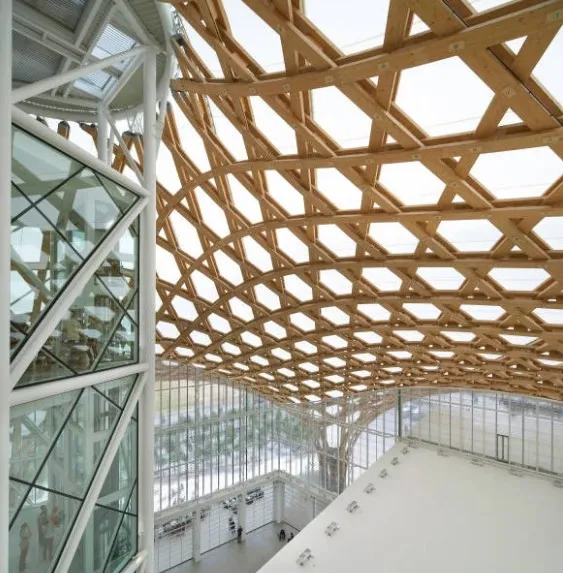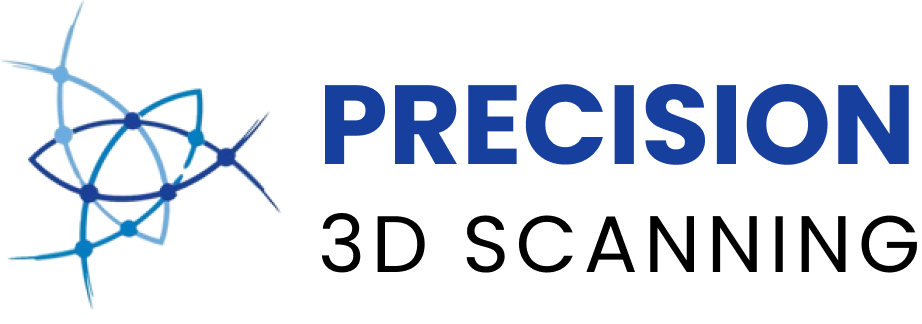In the realm of modern construction, precision and accuracy are paramount. Enter 3D scanning technology, a game-changer that has revolutionized the way we capture and analyze spatial data. Whether it’s ensuring structures align with designs, detecting clashes between elements, or enhancing project documentation, 3D scanning is reshaping the industry. However, like any powerful tool, it comes with its own set of considerations, particularly when it comes to cost. In this blog, we’ll delve into the factors that influence the cost of 3D scanning a construction site and provide insights into how project managers can navigate these variables to make informed decisions.
Size Matters

The size of the construction site is one of the most significant factors influencing the cost of 3D scanning. Larger sites require more scanning time, more equipment, and more resources. A sprawling construction project with multiple buildings and extensive infrastructure will naturally incur higher costs compared to a smaller site. Scanning a vast area demands meticulous attention to detail to capture every nook and cranny, ensuring the accuracy of the final data.
Complexity and Detail

The complexity of the site’s environment and the level of detail required play a crucial role in determining the cost. Intricate structures, convoluted architectural designs, and densely packed elements can increase scanning time and data processing efforts. For example, capturing the detailed features of ornate facades or intricate machinery demands more meticulous scanning, potentially impacting the overall cost.
Technology and Expertise
The choice of 3D scanning technology and the expertise of the service provider significantly impact the cost. Laser scanners, like LiDAR, offer high precision and efficiency but might come with a higher price tag. On the other hand, photogrammetry or handheld scanners might be more cost-effective but could require more time to capture the same level of detail. The skill and experience of the scanning team also contribute to the cost; seasoned professionals may command higher fees due to their proficiency and ability to handle complex scanning scenarios.
Geographic Location
The location of the construction site can influence the cost of 3D scanning services. Prices tend to be higher in urban centers with a higher cost of living and increased demand for specialized services. In rural areas, where the cost of living and business expenses might be lower, the cost of 3D scanning services could potentially be more affordable.
Additional Services
Beyond basic scanning, some can offer additional services like data processing, modeling, and analysis. These value-added services enhance the usability of the captured data, providing actionable insights that can streamline decision-making. However, these services come at an additional cost and should be factored into the overall budget.
Data Deliverables
The type of data deliverables you require can impact the overall cost. Basic point cloud data might be more affordable compared to comprehensive 3D models, CAD files, or other specialized formats. If your project demands higher fidelity data or specific file formats, the cost will reflect those requirements.
As the construction industry embraces the digital age, 3D scanning has become an indispensable tool for ensuring precision, minimizing errors, and streamlining project workflows. However, navigating the cost variables associated with 3D scanning requires a keen understanding of the factors at play. From the size of the site and its complexity to the technology used and the location of the project, each variable contributes to the overall cost. By assessing these factors and collaborating with experienced 3D scanning professionals, project managers can make well-informed decisions that balance the benefits of accurate data capture with the budget constraints of the project.
Remember, while 3D scanning costs are influenced by various factors, the investment can lead to substantial savings in terms of error prevention, enhanced decision-making, and improved project outcomes.
#CostOf3DScanning #ConstructionTech #PrecisionMapping #EfficientDataCapture #SpatialDataAnalysis #ConstructionInsights #BudgetingForTech #SiteScanningEconomics #DataAccuracy #ScanningSolutions #ProjectEstimation #OptimizingConstructionCosts

